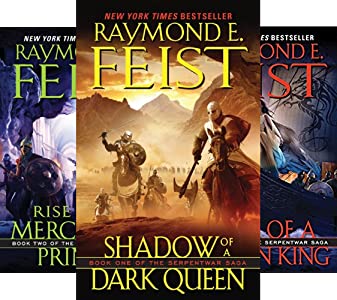

Because of this intense focus on Leonardo, I am certain there will be more important discoveries to come.” It’s truly staggering! I find it extraordinary that scholarship around Leonardo is very much a living and breathing thing, even some 500 years after the artist’s death.

“Over the past generation, millions of words have been written about Leonardo da Vinci and the Mona Lisa. Her hope for The Stolen Lady is that readers come away seeing the Mona Lisa in a way they’ve never seen it before. Through teaching and writing, Morelli is keen to share the excitement of art history with a broad audience. In particular, the evacuation of the Louvre collection is truly one of the most incredible true adventures of World War II.” Still, I loved following in the footsteps of my Renaissance and 20 th-century characters. “My first draft was waaaay too long and it was challenging to wrangle it down to a manageable size. “I’m not sure what I was thinking when I decided it would be fun to combine Leonardo da Vinci, the Mona Lisa, Medici politics, and World War II!” Morelli laughs. Just ahead of the Germans, museum staff loaded up most of the priceless collection, including the Mona Lisa, and fled into the countryside to seek a place for safekeeping.
RAMANICHANDRAN NOVELS SYNOPSIS HOW TO
In considering how to jump from one known historical point to the next, I began to fill in those holes through my own imagination and weave a story that made sense.”Ī significant part of the storyline in this novel concerns the real events surrounding the evacuation of the Louvre in World War II. What was behind the enigmatic expression? Just why was Lisa smiling-or perhaps not? Because I couldn’t find any truly satisfactory answers amid the vast scholarship on the Mona Lisa, I began to think about these questions instead as a historical novelist. “The idea of the melancholy Lisa stayed with me, and many years later, I still wondered about it. The author remembers seeing the Mona Lisa for the first time at the age of 12, and writing in her diary that something about Lisa’s expression seemed sad. She even imagines a reason for Lisa’s enigmatic smile. “I wondered why it was never delivered,” Morelli explains, “and what it was about the picture that might have obsessed the artist so much that he worked on it until his death.” Leonardo kept the painting with him for the rest of his life, and this is one example of where the author takes the facts as far as they can go, then fills in some of the gaps with fiction writing. It’s clear from historical records that the portrait was never delivered to its patron, Lisa’s husband, Francesco del Giocondo. “In fact, if Leonardo were to walk into the Louvre today, I think he would be totally baffled! And yet, there is something about this portrait that defies our expectations and I think even Leonardo himself might have begun to see that toward the end of his life.”

“I’m sure he would rather have been working on some grand engineering project for a more powerful patron,” she says. Yet, Morelli explains that for da Vinci, a portrait of a cloth merchant’s wife would have been a “bread-and-butter” project. The Mona Lisa is of course one of the most fascinating pieces of art in the world. “After assuming the voice of Leonardo in The Night Portrait, (William Morrow, 2020)” Morelli says, “we pick up his story after his arrival in Florence as a mature artist with no commission in sight – until he’s asked to paint the portrait of a certain Lisa.” Filling in the Gaps: The Stolen Lady by Laura MorelliĪrt historian and historical novelist Laura Morelli revisits the life of Leonardo da Vinci in her latest novel, The Stolen Lady (William Morrow, 2021).


 0 kommentar(er)
0 kommentar(er)
